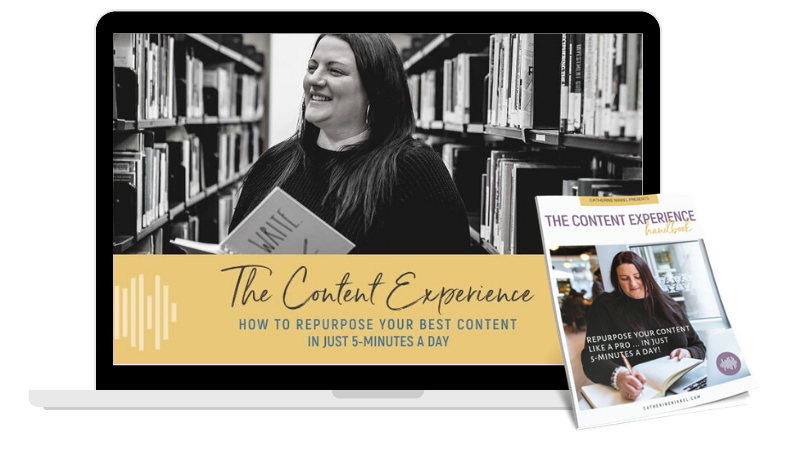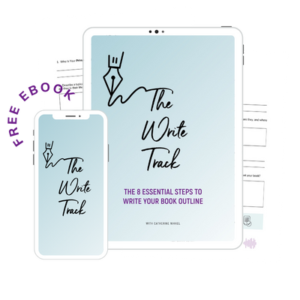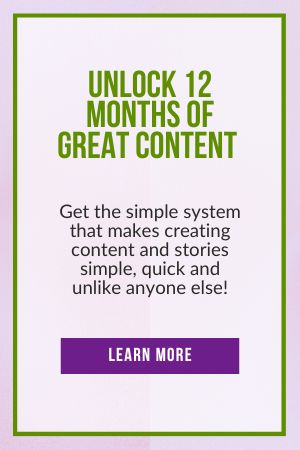Tired of planning, creating, and scheduling content, only to find that it falls flat and doesn’t get any traction? Feeling as if for every step you take forward in your business, you take two steps back? Today’s blog topic is here to help! Because learning to speak your customer’s language is KEY!
In a world with so many distractions and noise, it’s important to know exactly WHOM you are trying to reach with your social media content and WHAT exactly they are looking for. Instead of putting out content that speaks to everyone, hone in on a specific, targeted audience and communicate directly to them.
If you are consistently finding that your carefully curated content is missing the mark, it’s most likely because it is too broad and not specifically aimed at your ideal customer. However, when we can listen and learn our customer’s language, our content becomes the equivalent of whispering directly into his/her ear.
So, what should you be whispering?
- That you care
- That you have been listening
- That you understand
- That you have invested time into solving the problem that this person faces
Now, you’re probably asking, “How do I get started?” So let’s dive in.
5 Steps to Speaking your Customer’s Language
Step 1: Identify Your Ideal Customer.
Check out my FREE download, “The Customer Persona Worksheet” for hands-on, how-to tips.
In the interim, take some time to think about WHOM it is that you’d love to work with. Think about this person – what do they like? What do they dislike? What are they struggling with, and how can you help them? What are their strengths and what are their quirks? What is your customer’s language?
Step 2: Create A List Of Questions.
Here are a few examples of questions to ask about your target audience (feel free to add to this list):
- What is the problem I solve?
- Who has this problem?
- What does that feel like for them?
- Have they already tried to fix this problem, and if so, what have they tried?
- Are they open to trying something new?
- What is their desired outcome?
- What is the best way for me to offer value (FREE download, information, sample, etc)?
Now, get ready to answer these (and other) questions. In the next step, you will really be listening and learning so that you can create an “avatar” in your mind of your ideal customer. The clearer the picture, the better you will be able to serve them.
Step 3: Engage In Social Listening.
Begin by visiting some of the places your target audience hangs out. These may consist of a Facebook group, or another online platform. Read for understanding. What does the conversation look like? What are people’s pain points? Are there common themes?
Look for any of the following language:
- I wish…
- I want…
- I struggle with…
- How can I?…
- In search of…
Step 4. Start Real Conversations.
Now comes the fun part! In order to really learn (and understand) your target audience, you need to immerse yourself in their perspective and experience.
Once you’ve identified some people whom you believe fit your dream client profile, reach out and ask them if they’d feel comfortable answering a few questions. This is the super fun part! The objective here is to meet with and informally “interview” people to really get to know them. You want to really immerse yourself in the language and perspectives of your target audience. Offer something of value to these individuals (a free consultation, a product sample, free access to content you typically sell, etc).
Some DOs and DON’Ts when it comes to your Customer’s Language:
- Don’t come across as a sales pitch in disguise
- Don’t pre-judge the outcome – you are there to listen and learn
- Do communicate that you are merely conducting some market research
- Do make sure to thank them for their time
Step 5. Put The Pieces All Together.
Now it’s time to put all of your collected data together so that you can really speak your customer’s language. Organize the info you’ve collected and spend some time answering the following questions:
- What have I learned about my audience?
- What language do they use to describe their problem(s)?
- What do they need and how can I provide it to them?
- How can I really serve them?
- How can I meet them where they are right now?
I’d also add to this list – what do I still not know?
As you’ve most likely discovered by now, the small business owner’s job is never done – we must always be open to learning new things and adapting to the changing environment around us.
Good luck and have fun – learning to speak your customer’s language is guaranteed to be a powerful and worthwhile investment in your business.
Resources
Join The Storytellers Café – My free training community to help you create an impact through your story
Enrol in The 5-Day Content Experience – Learn how to repurpose your content like a pro…in 5 minutes a day!

Email: catherine@catherinenikkel.com
Facebook: https://www.facebook.com/profitablestories/
Need help telling your story in your own voice? Let’s make it happen. Schedule a consultation with me here






